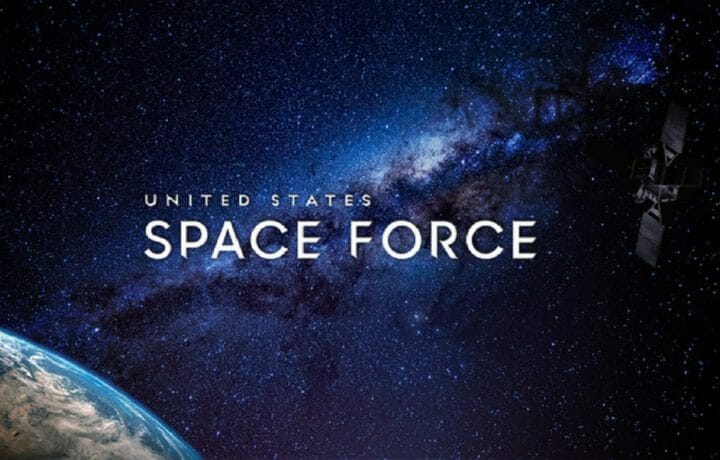Don’t look for jetpack-wearing space troopers just yet, but in late June the U.S. Space Force revealed its future organizational structure that will follow some of the traditions of other branches of the military, while still flying its own course.
The Department of the Air Force and the Space Force finalized the newest service’s organizational structure for the echelons below the headquarters. That move was made to reflect Space Force’s guiding principle to be a lean, agile, and mission-focused organization. Going forward, the Space Force’s field organization will consist of three echelons of command, while the United States Air Force is still organized into five echelons.
In this way the Space Force will be consolidated and aligned to organize, train, and equip mission execution from former Air Force space-related units. The Space Force will remain a part of the Department of the Air Force, and it will be far smaller than any of the other services.
“This is the most significant restructuring of space units undertaken by the United States since the establishment of Air Force Space Command in 1982,” explained Secretary of the Air Force Barbara Barrett via a statement. “Innovation and efficiency are driving our mission as we position the Space Force to respond with agility to protect our nation’s space capabilities and the American way of life.”
The New Space Force Command Hierarchy
Under the new hierarchy, the Space Force echelons are named field commands, deltas, and squadrons. The Department of the Air Force announced that these will include three field commands that are aligned with specific mission focuses: Space Operations Command (SpOC), Space Systems Command (SSC); and Space Training and Readiness Command (STARCOM). SpOC and SSC will each be led by three-star general officers, and STARCOM will be commanded by a two-star general officer.
Deltas will be led by O-6 field grade officers and will be organized around a specific function, including operations, installation support, and training among other functions. Within each of those deltas, the squadrons will focused on specific tactics. Upon the full implementation of the field command structure, one general officer echelon and one O-6 echelon of command will be eliminated while functions that were formerly performed by those echelons will be realigned where appropriate within the Space Force.
The New Commands
The three commands will have distinct responsibilities.
SpOC
SpOC will be the primary force provider of space forces and capabilities for combatant commanders, coalition partners, the U.S. joint forces, and the nation. The staff, as well as its operation elements of SpOC, will be headquartered at Peterson Air Force Base, Colorado – the former Air Force Space Command HQ. In addition, the existing Space Operations Command unit at Vandenberg AFB, California will be renamed upon activation of the field command SpOC.
SSC
SSC will be the echelon responsible for developing, acquiring, and fielding lethal and resilient space capabilities for today’s warfighters. In addition, SSC will be the echelon of the Space Force that will be responsible for and oversee the launch, developmental testing, on-orbit checkout, and sustainment and maintenance of Space Force space systems It will also provide oversight of Space Force science and technology activities. Further forming the building blocks of this new command in the months to come are the acquisition and development organizations, which will include the Space and Missile Systems Center, the Commercial Satellite Communications Office, and program offices of space systems transferring to Space Force from other DoD organizations.
STARCOM
STARCOM is the echelon that will train and educate space professionals and develop combat-ready space forces to address the challenges of the warfighting domain space. The complete stand up of STARCOM is now scheduled for next year, and in the interim, the provisional Space Training and Readiness Delta – led by an O-6 – will be established in July at Peterson AFB. That unit will serve as the parent organization for a number of education, training, and operational test and evaluation units transferring to the Space Force this summer.
“This is an historic opportunity to launch the Space Force on the right trajectory to deliver the capabilities needed to ensure freedom of movement and deter aggression in, from and to space,” said Gen. Jay Raymond, United States Space Force chief of space operations. “How we organize the Space Force will have a lasting impact on our ability to respond with speed and agility to emerging threats in support of the National Defense Strategy and Space Strategy.”


